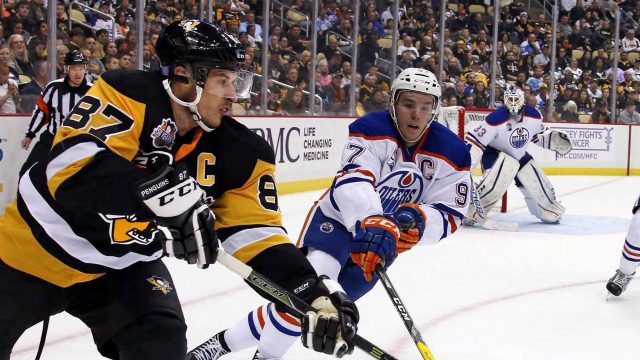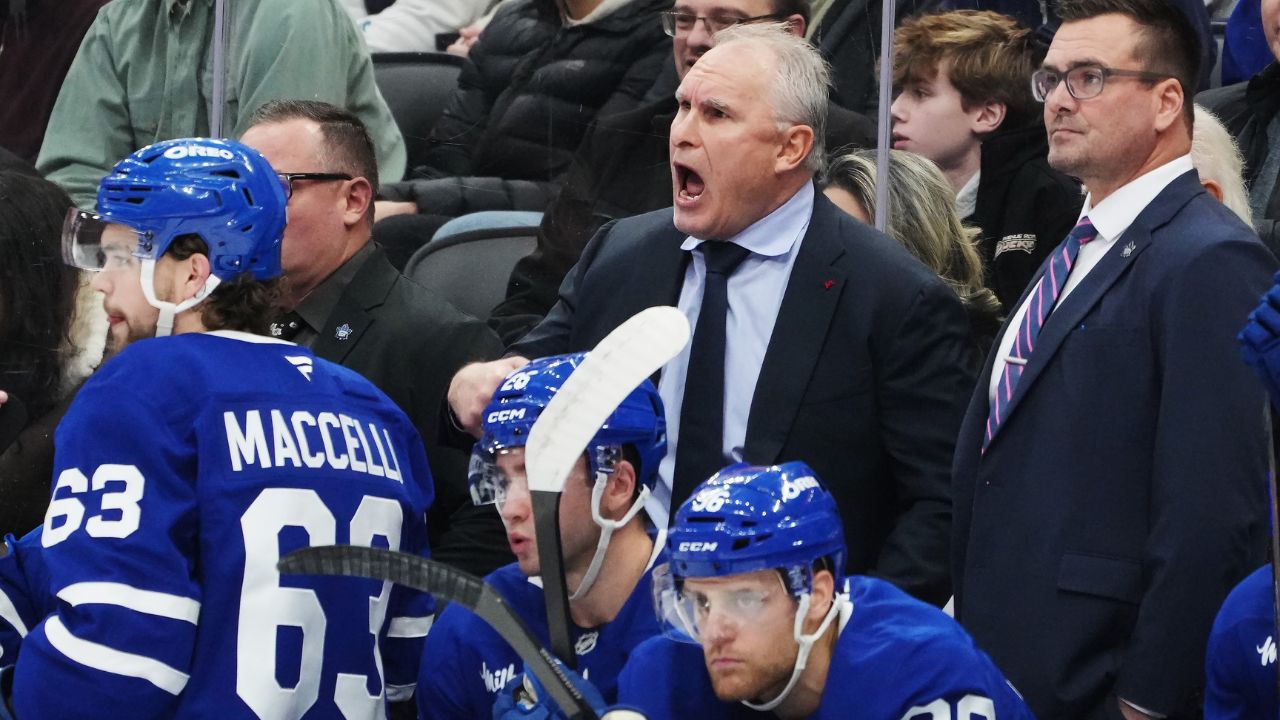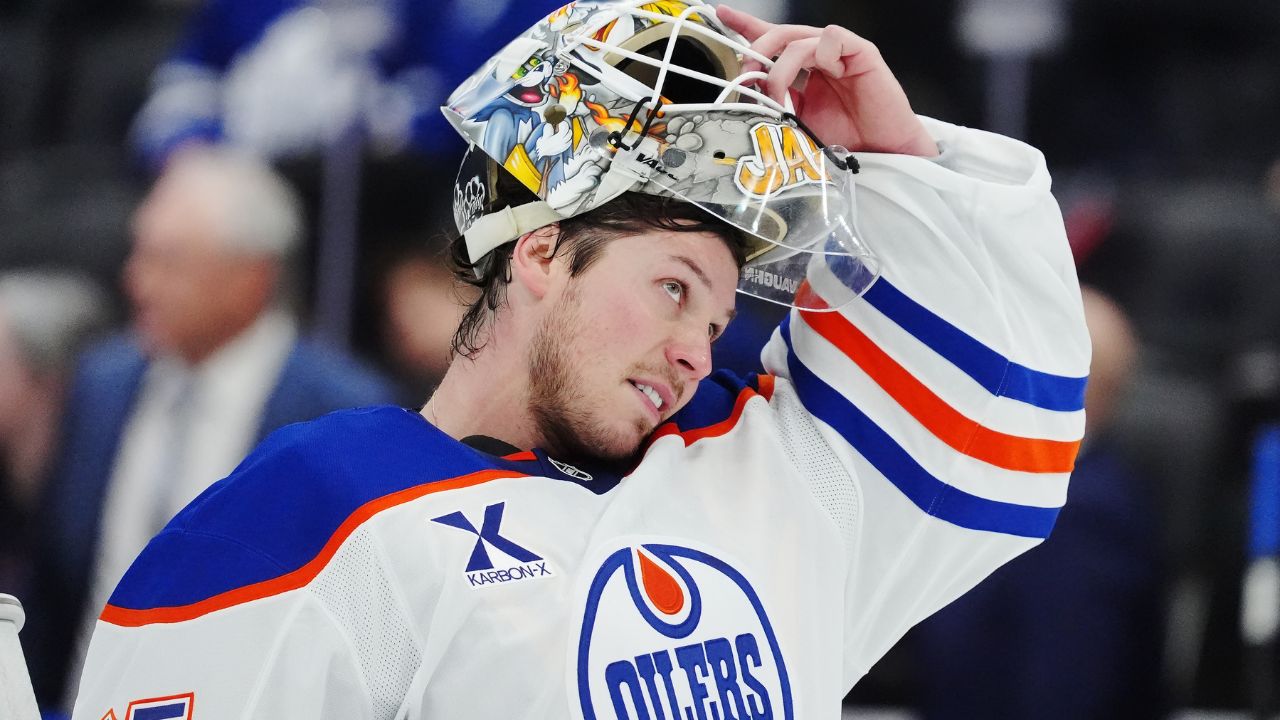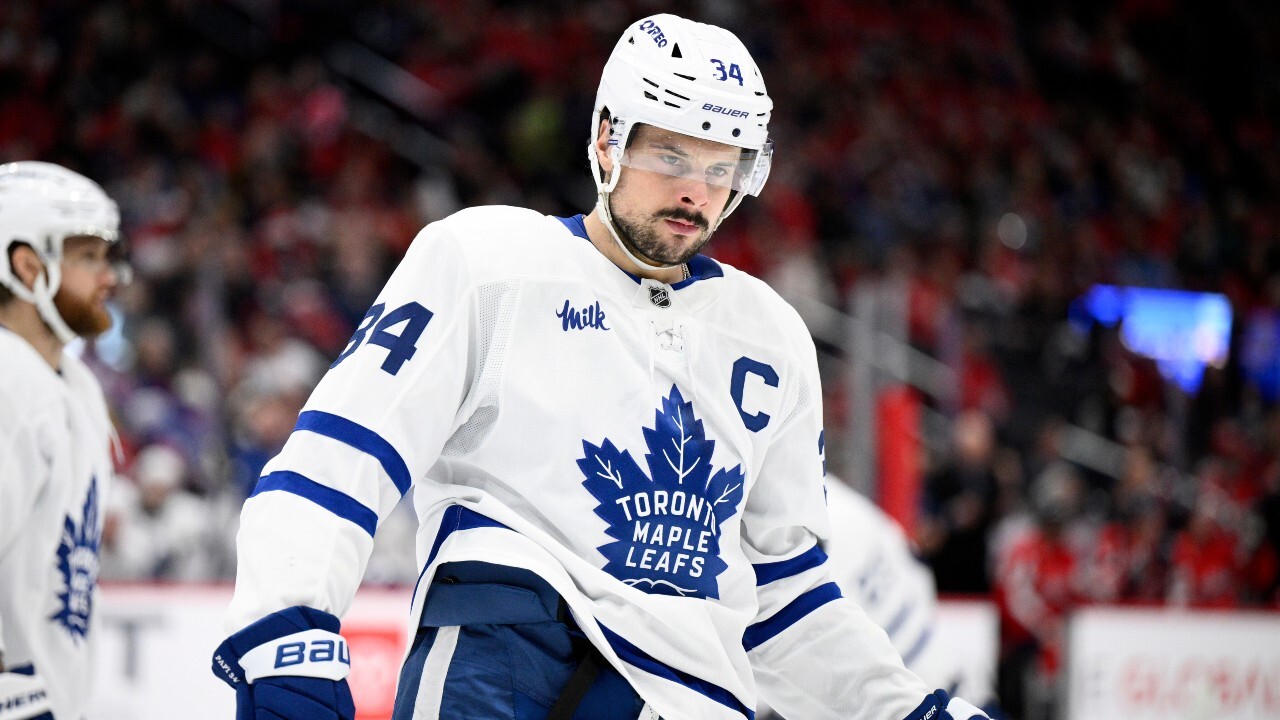
MONTREAL — It’s been a tumultuous week-and-a-half, so I wasn’t exactly surprised to see 75 responses pour into my call for mail. I can’t get to them all, but want to get the ones that cover the most pertinent subjects in relation to the Montreal Canadiens’ current situation.
No lengthy preamble required. I’m diving right into the first question, which seems to be the one most Canadiens fans are curious about.
There’s more layers to this than a wedding cake. Let me stick my fork into each one here.
First: I agree that the system tweaks Canadiens coach Dominique Ducharme has tried to put in place have mostly taken hold. Second: it seems obvious — with 5-on-5 play so dominant and so little scoring to show for it — that line tweaks are in order. Third: when you see the first and third defence pairings as out of sorts as they were against the Winnipeg Jets on Thursday, you have to do something.
And perhaps the most important caveat you have here is about getting players on board with the new arrangements because Ducharme has been hailed as a great communicator and some of these changes require explanations to the players to ensure they embrace their new roles and maximize their potential within them.
Here’s how I would arrange the forward lines now that Josh Anderson appears poised to return from a lower-body injury.
Drouin–Nick Suzuki-Josh Anderson
Tyler Toffoli–Jesperi Kotkaniemi–Brendan Gallagher
Artturi Lehkonen–Phillip Danault–Paul Byron
Tomas Tatar–Jake Evans–Corey Perry
Now for the communication part.
The first thing I think Ducharme would want to do is tell Kotkaniemi this is his role for five games, and that he needs to play those five games like he did the last two in order to keep it. He needs to play like the Kotkaniemi who was in constant motion at both ends of the ice, working hard to get pucks turned over and making assertive plays.
Then a conversation with Toffoli is in order to let him know that this is an established top-six role he has more than earned in leading the team with 14 goals through 22 games and that he won’t be bouncing around regardless of what changes get made to the lines moving forward.
The most important conversation needs to happen with Danault, who’s being pulled away from Gallagher and Tatar to form a shutdown line with Lehkonen and Byron. We know the 28-year-old said in the off-season he wasn’t prepared for a purely defensive role, and it needs to be made clear this move will actually free him up to produce more offence than he would with Tatar and Gallagher.
Drouin told us that Ducharme likes to speak with individuals, but also likes to speak with lines as a whole. In his discussion with Lehkonen, Byron and Danault, he can tell them that he’s going to use them against top lines, that he’s going to put them out for every key defensive-zone start and that he saw how tenacious they were as a line in the summer playoffs. He can tell them that the Tampa Bay Lightning wouldn’t have won the 2020 Stanley Cup without the Barclay Goodrow-Yanni Gourde-Blake Coleman line playing this role and that the Dallas Stars lost it when Radek Faksa went down with an injury and couldn’t be there to centre Blake Comeau and Andrew Cogliano.
And then it’s time for a talk with Tatar, Evans and Perry, who need to know that they’re going to get heavy offensive-zone starts and be expected to be reliable at both ends of the ice. But also to reinforce that they’re going to get shifts coming out of the penalty kill and be given a chance to show some creativity in producing offence.
And an individual talk with Evans, to tell him to use his speed to drive the line at both ends, would be wise.
D pairings:
The first conversation needs to happen with Chiarot and Edmundson, to make them understand this isn’t a demotion. There was a bash-brothers dynamic to the Chiarot-Weber pairing that can prevail on this new pairing with Edmundson, and it would be good to explain to them that their job is to wear down the forwards and serve as a reliable duo in the final minute of a period or in a close game.
That Edmundson is comfortable on the right side makes this work. That both players skate well also helps. And they can both move the puck better than they’re given credit for.
Romanov’s mobility pairs well with Weber. And Weber’s experience pairs well with Romanov. The conversation with both should be about how they can complement each other and how the defence can be used in a more balanced way if they’re paired with each other.
No conversation is necessary with Petry and Kulak, who found their best cohesion back in the bubble and would have to know that’s what they must bring to the ice immediately.
This is a reasonable question to be asking given Carey Price’s struggles and goaltending coach Stephane Waite being fired this week as a direct result.
The move Canadiens general manager Marc Bergevin made was to address the trend of Price not performing well through the first two months of the season and to give him a new mentor in Sean Burke — who navigated the same peaks and valleys as an NHL goaltender for more than 800 games and can offer technical tweaks that haven’t been made to date.
But it was also made to put the onus on Price to get his game back to where it needs to be.
If he can’t do that in Montreal, you could understand why the Canadiens and Price might contemplate a change.
All that said, a change is extremely complicated and highly unlikely because of the contract he has. He must be protected for the Seattle Expansion Draft because he has a no-movement clause in his contract. And a trade is not only hard to pull off due to the cap implications, it’s almost impossible in the current financial climate to get another team to agree to pay out the terms of Price’s contract in its actual structure.
Prior to next season, Price will receive $11 million in signing bonuses, and he’s slated to make $13 million in total salary (including that $11 million) by the end of it. Even if the Canadiens agreed to pay the bonuses and then trade him, he’s due at least $5.75 million up front in each of his remaining four years under contract and his total salary never dips below $7.5 million in any season.
Even if Price comes to management and says he wants out, and even if they’re willing to deal him at a loss just to earn the cap space, the financial complexities are onerous for both the Canadiens and whomever their trade partner would be.
It sheds more light on the decision to fire Waite. Bergevin felt he needed to do something to get the Price he expects to see — not just now, but in the future.
The real question now becomes how much can Burke really help? If the answer is a lot, and if Price can find the magic that propelled him to be the best goaltender in the world for a long stretch, we stop talking about trade scenarios that are unlikely if not impossible.
I can always do better, but I do a lot to ensure that my question is not taken out of context and that it is asked in a way that generates a response that feeds my column.
And I don’t care if the subject answers the way I thought they would or not. None of us do. We all just want an answer that we can use to either prove, disprove, support or deconstruct a point.
Too many fans think the digital/print media is there to cross-examine the GM, the coach and the players. Some of them think we should just attack them. What they don’t understand is that we’re there to generate answers specific to what we’re writing about, not to just ask questions because the fans want to crucify someone.
And here’s an important thing to know about the Zoom availabilities: each journalist is limited to two questions per subject on a practice day and one question on a gameday. It is a live broadcast and public interaction that doesn’t allow for the conversational back-and-forth writers are accustomed to when permitted in the locker room.
There are questions I would ask off to the side to a player — where he and I can have a back-and-forth and he can gain a better understanding of why I’m asking and I can ease my way into some of the harder ones — that I would never ask in front of everyone and risk making him feel like I’m just trying to embarrass him.
This is an extremely complex thing and I understand why fans think some questions are bad, and why sometimes they don’t understand why a given question is asked.
I’m not perfect. I try to ask good questions, but sometimes, like anyone else, I trip up and don’t ask it the way I want to.
One more thing on this subject, since a question I asked Price this week created some sort of mini-controversy. I always strive to give the GM, the coach and the players an opportunity to address whatever narrative is floating around about them that I think needs to be deconstructed.
I can deconstruct the narrative that Price doesn’t care enough all by myself, and have even done so in the past. It’s been a persistent one over both our time here — we were both rookies in 2007 — and it’s one of the laziest and dumbest narratives ever, which has come into existence based mostly on the way he approaches media availability and the body language he gives off on the ice when things aren’t going well on the ice.
But my argument becomes much stronger with his words attached to it, hence giving him an opportunity to address it head on at Wednesday’s availability.
Here was my question to Price: “In your long experience in your career, we’ve had a lot of interactions with you. It’s changed over the years where I think you would probably agree the less you say the better it is for you, but at times it’s also led to the perception that you don’t care enough about what you’re doing. How do you feel about people taking on that perception?”
I would’ve liked for Price to have used that opportunity to passionately affirm just how much I — and anyone else who knows him — know he cares. Instead he chose to respond by saying, “It doesn’t matter to me anymore.”
I have no issue with that answer, even if it wasn’t the one I was looking for. Because even if I would’ve gone off, I’m not Carey Price.
Price is quiet, cool, calm and collected, even if a raging fire burns inside of him. He will not divert from his intention to not feed the beast in media interactions and, as I acknowledged in my question, I would even agree that it’s best for him that he doesn’t. As a reporter, I’d much prefer if he did, but I understand why he doesn’t. It’s his way of sheltering himself and keeping himself focused on what matters most — stopping the puck.
I was asked about this on Spittin’ Chiclets this week, and I’ll give you the Coles Notes on what I said.
For as good as Brady Tkachuk is — and he appears poised to go on and have a more prolific career — I would not have taken him over Kotkaniemi if I were Canadiens GM at the time.
The Canadiens had the third-overall pick and a desperate need at a barren position for more than two decades. Bergevin spent years trying to trade for and sign a top centre and concluded those routes weren’t going to get him what he wanted without weakening his team in other areas.
Kotkaniemi was the best centre available in the 2018 Draft. His stock soared ahead of that June day, and rightly so. Even if he was more likely to be drafted closer to fifth or sixth, the Canadiens weren’t able to trade down and secure his selection — Arizona was at five and facing the same issue, hell-bent on taking the best centre available, which they did with Barrett Hayton once Kotkaniemi was off the board. Detroit was at six and was interested in a centre as well, and they would’ve probably chosen one of those two instead of Filip Zadina.
If the Canadiens don’t take Kotkaniemi, we’re talking today about how they passed on their best chance of the last eight years to draft a franchise centre. And there was no way to know Pierre-Luc Dubois would ask out of Columbus at 22 years old just two years later. That was a total anomaly, too.
You deal with the reality you’re in, not the one that’s unforeseeable. That’s the issue with hindsight scenarios.
But even in hindsight, I’d have taken Kotkaniemi. And I believe Kotkaniemi will be the player the Canadiens thought they were getting when they drafted him.
He’s growing. He’s still one of the youngest players in the NHL. At his best, he makes others around him better and is a play-driving, two-way centre, and he has potential to become an excellent one — even if I don’t believe he’ll necessarily be a point-per-game player.
A puck-moving defenceman who can play at both ends and against top lines seems like an ideal move, if not a necessary one. As does acquiring a centre who can win faceoffs.
It’s no secret that the Nashville Predators are looking like a seller. Mathias Ekholm fits the bill as the defenceman and Brad Richardson fits as a faceoff specialist who also can play at a high enough level to do more than just win faceoffs.
The Canadiens have 14 selections in the upcoming draft and a boatload of excellent prospects, but in order to make it really work, they need to be able to send some salary back the other way or somewhere else.
Joel Armia, who you may have noticed was left without a line in my suggested lineup, seems like a prime candidate to move to free up space.
The Canadiens may not be able to get these two specific players out of Nashville, but one would think they’d have interest in both of them if they were made available.
Surely there are some other players around the league who fit these profiles, too. Players the Canadiens would be kicking tires on at this point.





